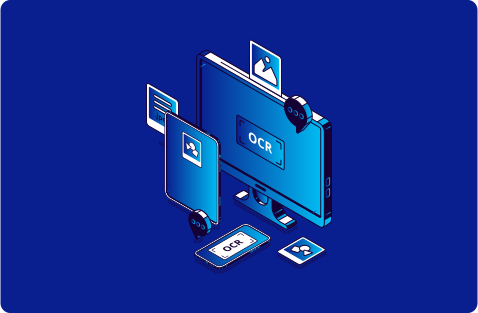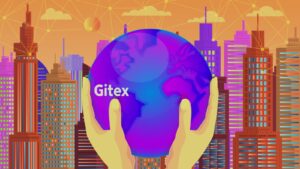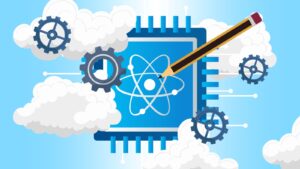While optical character recognition has proven to be a very reliable and practical tool in many industries over the years, who is to say such an innovation has reached its maximum in capabilities and progression towards a more and more advanced state? As the world of technology grows and Artificial Intelligence or AI is gradually making its way to the top of the technological advancements’ pyramid, it is without a doubt leaving a great mark on OCR tools as well.

AI is the replication of human intellect in computers or computer-controlled robots that are programmed to think, and sometimes act, like humans. The term may also refer to any machine that demonstrates human-like characteristics such as learning and problem-solving. As the process of scanning and copying text into a computer was carried out by humans in the old days, today Optical Character Recognition or OCR gets the job done electronically just fine and is in continuous development thanks to artificial intelligence. However, the most common form of basic OCR simply works by recording the selected text form a physical document, entering it into the OCR platform, and then recording it in a digital format like a PDF that can either be editable or just readable and searchable according to the user’s settings. This is where it gets a little bit tricky because the accuracy of the OCR engine depends greatly on the quality of the original physical document being scanned. The user can only ever improve the accuracy and reliability of scans to act as crucial data in the business document management system by manually monitoring the produced text, i.e., personally proofreading and matching the result with the original text. It is needless to say such process in a way overcomes the purpose of OCR: saving time and human energy. On the other hand, leaving those minor errors arising from inaccuracy up to chance can lead to catastrophic setbacks in a document management
system. For instance, say the scanned text is of a national identification card and reads the date of birth incorrectly, the document then is just as good as useless.
So, what can be done? How can AI help with such an obstacle? Well, intelligence is characterized by many factors one of which is learning which in turn is also applied to artificial intelligence. Learning happens simply by trial and error where digital computers can memorize individual items and procedures of the best solution created for specific situations so that every time it encounters that situation it would recall the solution. Called rote learning, this technique can be easily implemented to computers using AI. Simply put AI works better when a user trains it or when it has a built-in training where its algorithms work better and become more efficient in terms of speed and accuracy. This doesn’t negate the fact that AI can eliminate the need of human supervision at every step. Thanks to the refined algorithms of AI tools, they can check for mistakes made in the scanning process done by OCR and correct them automatically while pulling insights from the text processing the document content more thoroughly than basic OCR. For example, a printed invoice of $1000 total is being scanned by an OCR tool to convert it from printed form into a digital copy. The tool identified the total as $100 instead of $1000. With no AI involved the tool wouldn’t identify that significant mistake and human supervision and manual correction would have been crucial in such situation, whereas in an AI powered OCR tool, the algorithms will review the document as a whole and calculate the services in the invoice, evaluate that the subtotal should be $1000 and correct the error automatically. This is only a drop in the bucket of how AI can assist in OCR processes. For example, handwritten printouts present a challenge when scanned by OCR tools due to the uniqueness of every person’s handwriting, but with more handwriting training data in AI powered machines and tools, greater ability and better comprehension of handwriting is acquired increasing competence in that area as well. Moreover, some AI powered OCR tools can translate scanned documents if scanned in different languages than English providing real-time, efficient solutions for many industries and minimizing administrative burdens.
Today, technologies that can cut costs and increase work efficiency are an integral cog in any business machine. We like to believe that AI OCR tools are proving to be taking the lead in that front, and will continue to grow exceptionally in the world of digital transformation.





